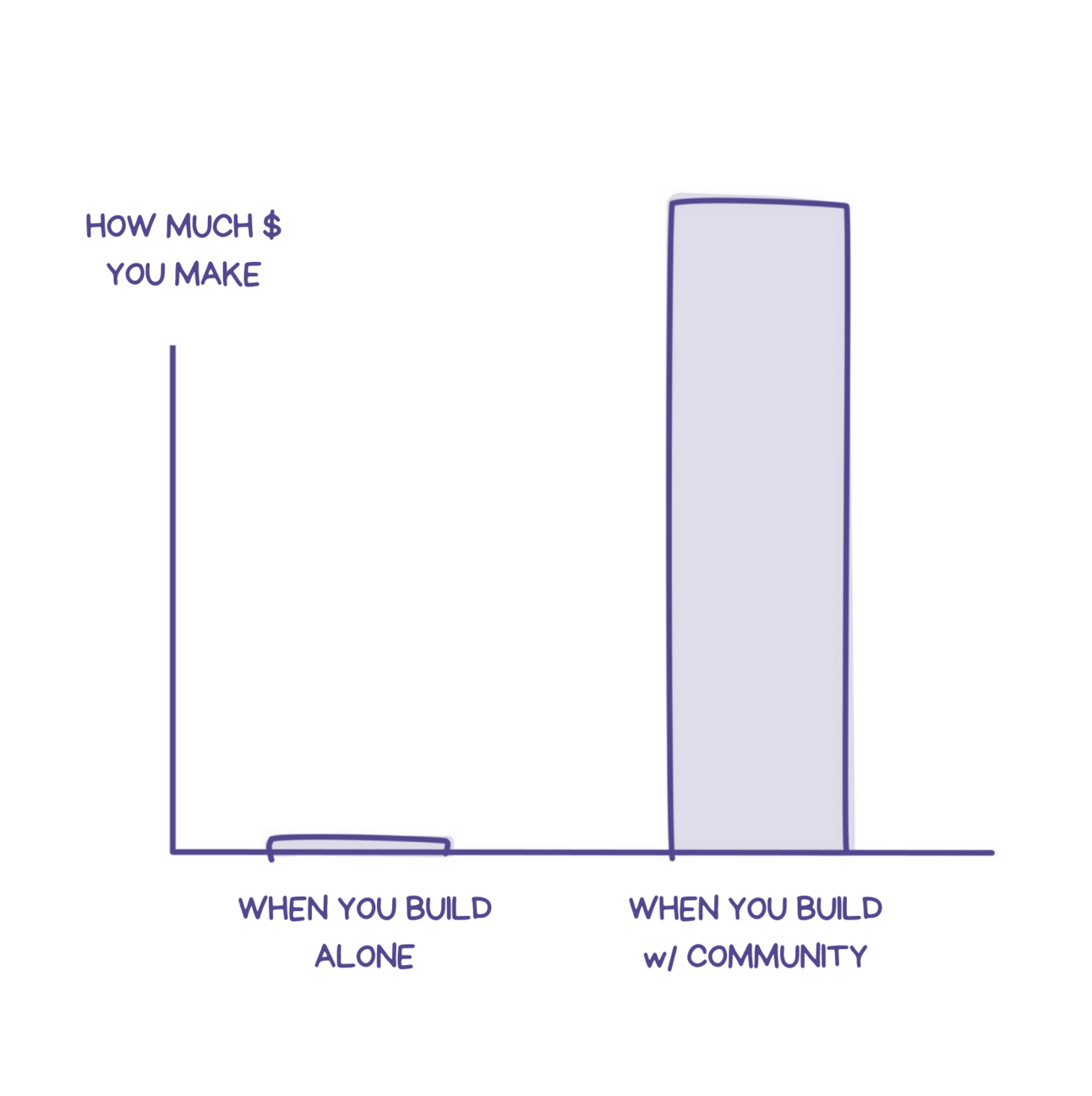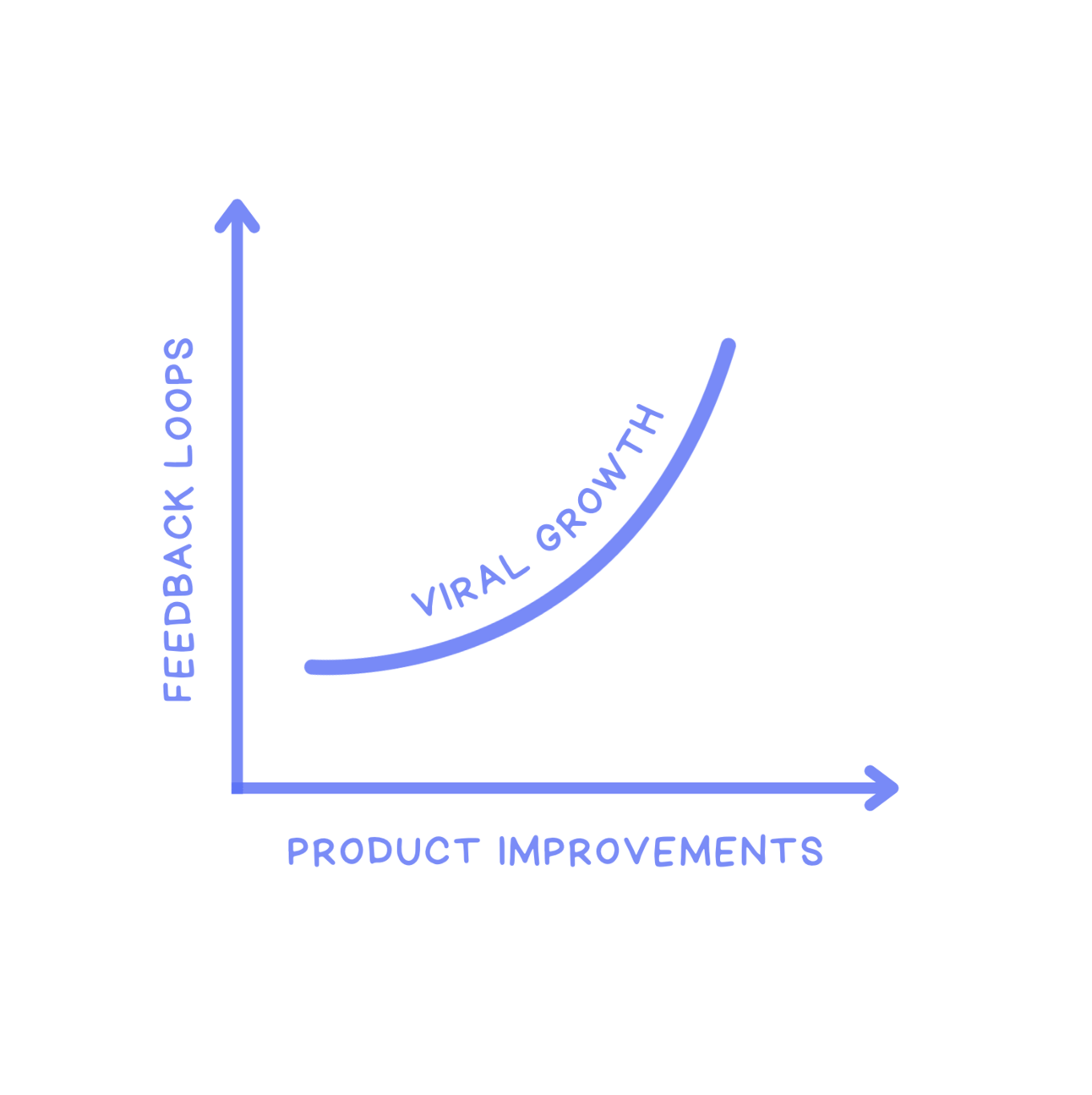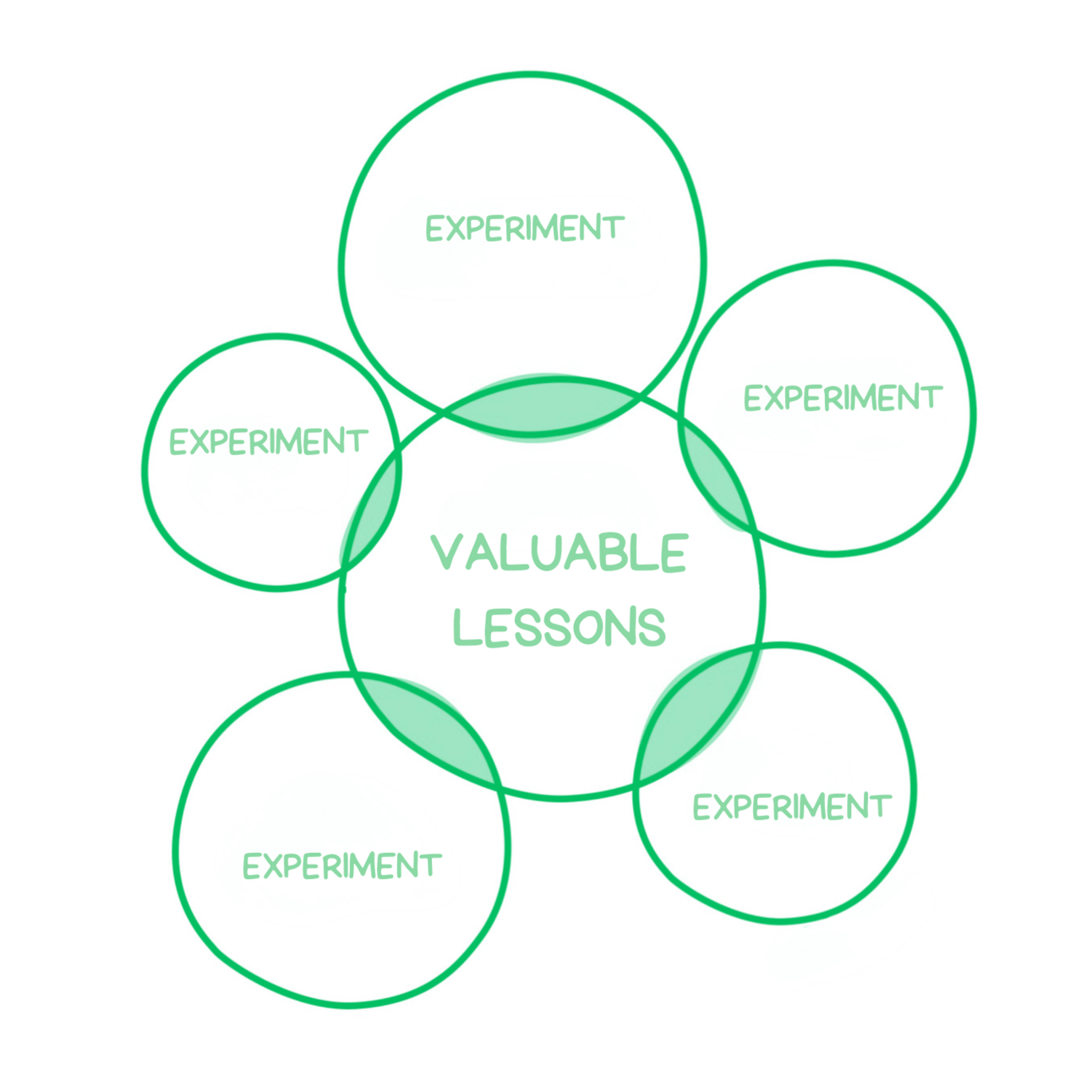Community-led growth 📊
Each week, I deconstruct ideas on product, growth, and building the future.
Hello friends,
In today’s edition of Elliott Poppel’s Newsletter, we explore how brands like Wikipedia hit 46.8 billion page views.
But first… I’m buying group tickets for founders, investors, and operators at the Knicks vs. Wizards game during NYC Tech Week. Our group of tickets will be in the 100-level at Madison Square Garden. Spots are limited.
Community-led growth 📊
Highly engaged communities are a driving force behind many successful companies. Communities can champion a brand, propel growth, and create value in ways traditional marketing efforts cannot. Today’s newsletter explores how brands like Wikipedia, Duolingo, and Airbnb achieved community-led growth with a simple 5-step process.
Step 1: Identify a core community
Before experimenting with community-led growth, it is essential to identify a core community. These are your most passionate and engaged users.
Laser Focus on a Small Group of Fanatic Users: Direct energy towards a niche group that resonates deeply with your brand instead of trying to appeal to everyone. For instance, Airbnb began by targeting travelers seeking unique, local experiences rather than traditional hotel stays.
Provide Incentives Like Status and Exclusivity: Give your core community something to aspire to. Exclusive rewards, eg. early product access, or heightened community status. Dropbox's referral program offered extra storage space, incentivizing users and increasing their loyalty to the platform.

Step 2: Open up tools and knowledge
Empower your community by providing the tools and knowledge they need to contribute meaningfully.
Allow the Community to Create and Improve Courses: Duolingo, a language-learning platform, allows users to contribute to course content, ensuring that the material is always improving.
Give Autonomy to Build New Courses within a Framework: While it's crucial to provide guidelines, also give users the freedom to create. This balance between structure and autonomy can foster innovation.

Step 3: Encourage wider participation
A thriving community is one where members feel they can contribute and benefit.
Let Learners Ask Questions and Give Feedback: Platforms like Coursera thrive because they allow learners to ask questions and get answers, creating an interactive experience.
Connect Users to Support Each Other: Discord communities enable users to share, connect, and support one another, deepening their sense of belonging.

Step 4: Validate ideas experimentally
Before scaling, testing ideas in real-world settings to gauge their potential and refine them is crucial.
Test Offline Events and Iterate on Formats: Companies like Meetup have showcased the power of offline events. Starting with a few local groups can provide insights into what works best for your community before launching on a larger scale.
Start Small Without Worrying About Scale: Airbnb's first few offerings were not about global dominance but testing the waters to see if the idea resonated with travelers. Companies can make informed decisions and iterate effectively by validating ideas on a small scale.

Step 5: Tap into intrinsic motivations
For sustained community-led growth, it's essential to tap into the deeper motivations of your users.
Give Hosts Autonomy, Mastery, and Purpose: Wikipedia contributors from around the globe have the autonomy to create content while ensuring that the material adheres to a set of guidelines. This balance gives contributors a sense of shared purpose in disseminating free knowledge.
Align with Desires: Platforms like Skillshare allow experts to share their expertise, serving others while showcasing their skills.
Thank you for reading,
Elliott
👋 Hi, I’m Elliott, founder of General Collaboration, a Chrome Extension that helps you fly through apps like Notion, Figma, and Jira at 2x speed. Easily reply to all your comments from all your apps, all in one place.


